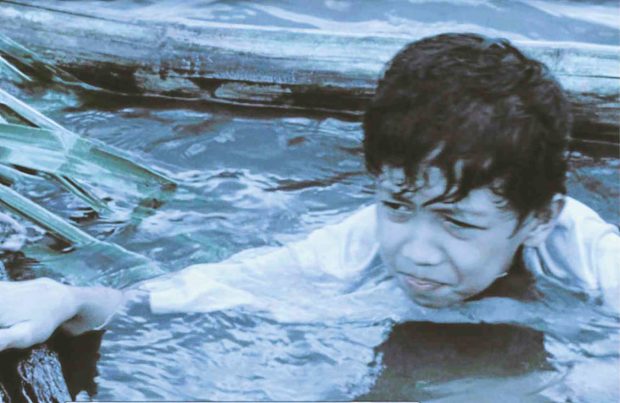A retrospective of the photographs and films of Briccio Santos is ongoing in Madrid, Spain, until June 26.
Santos described the retro as a “wonderful platform initiated by Photo España and Casa Asia.”
The filmmaker told the Inquirer: “All the galleries in Madrid, and select theaters, are participating in this yearly event.”
As highlight of the retro, Santos, president of the Film Asean Foundation, delivered a speech and joined a panel discussion on the “history of Philippine photography, as well as current trends.”
The retro, which is set at the Círculo de Bellas Artes, also gathers four of Santos’ films, including his latest work, “Nang Lumuha ang Langit” (2017).
“As a filmmaker, I am deeply honored to be featured in a retrospective of my films,” Santos told the Inquirer. “Ironically, these works are even more relevant today.”
The 1983 film “Damortis” (June 20) centers on a crooked faith healer who, after abusing his power, ultimately self-destructs.
Meanwhile, the 2006 film “Ala Verde, Ala Pobre” (June 26) proved prescient, as it tackles drug culture in a squatters’ area beside the railroad tracks. “It shows the pervasive use of extrajudicial methods by authorities and underworld figures,” he explained.
The 2007 film “Anino ng Setyembre” (June 16), on the other hand, follows a ghost that haunts people who committed human rights violations during the martial law regime.
Lastly, “Nang Lumuha ang Langit” recounts “survivors’ tales that amplify and personalize the effects of climate change,” in the aftermath of Supertyphoon “Yolanda.”
“Sometimes, artists and filmmakers can be seers of their generation, without having this intention,” he pointed out. “Narratives can reflect realities but also sometimes transcend time.”
Santos graced the event’s opening ceremony, “to introduce ‘Nang Lumuha ang Langit’ on June 13 at the magnificent theater, Círculo de Bellas Artes.”
According to organizers, Santos’ films are “usually associated with independent and experimental cinema that, in the ’70s and ’80s, exploded in the Philippines, becoming an essential reference for generations.”
They pointed out that he “best represents the country’s indie [scene], from the 1980s to the present.”
